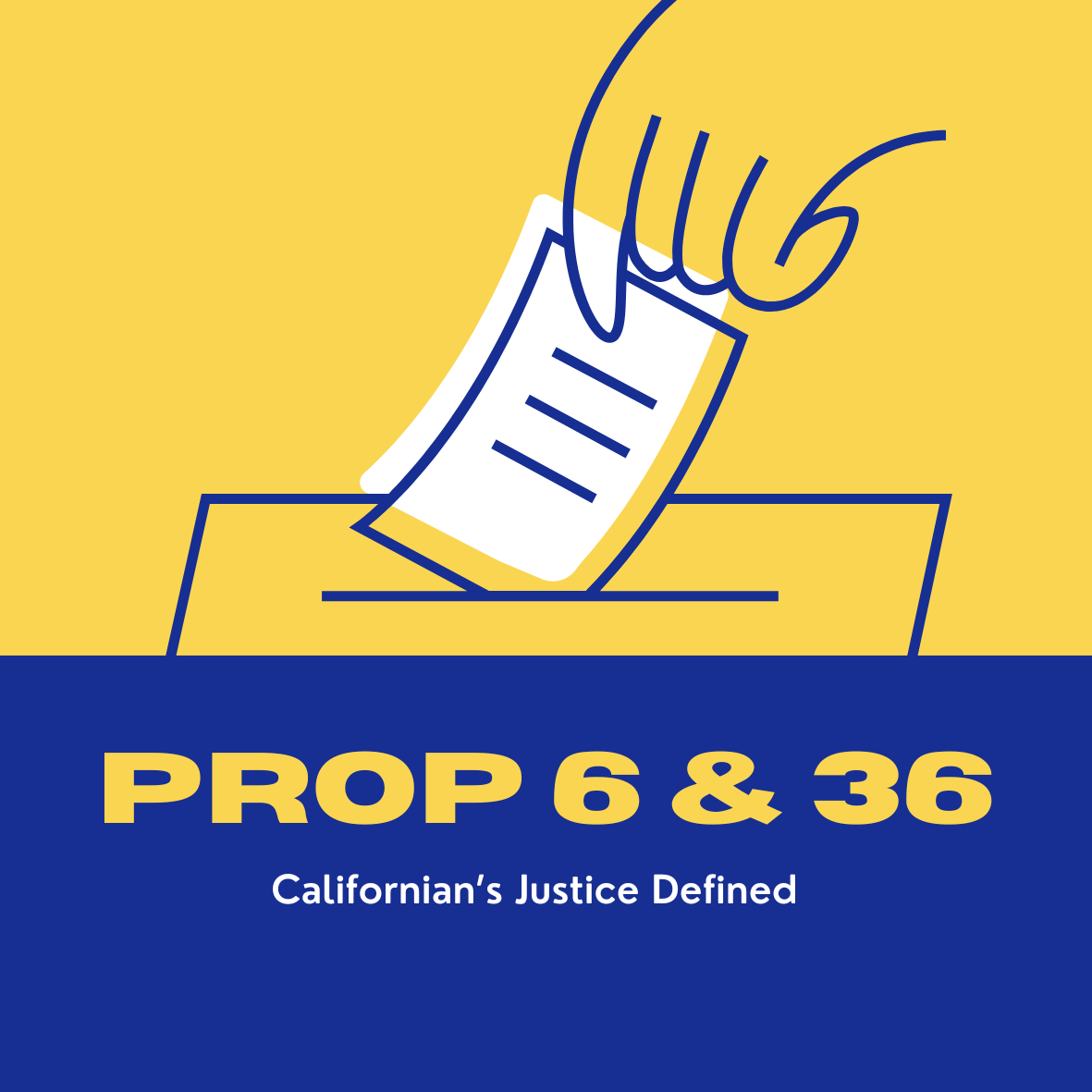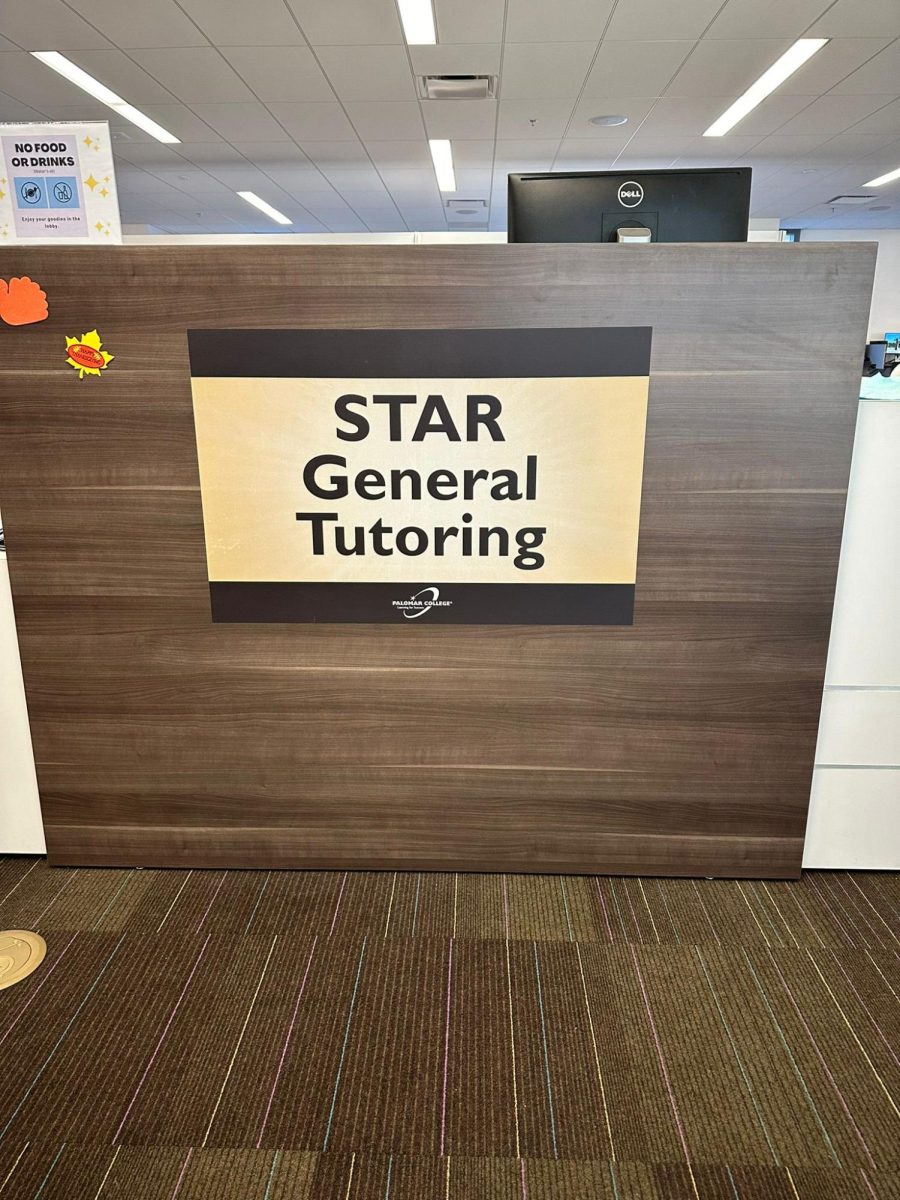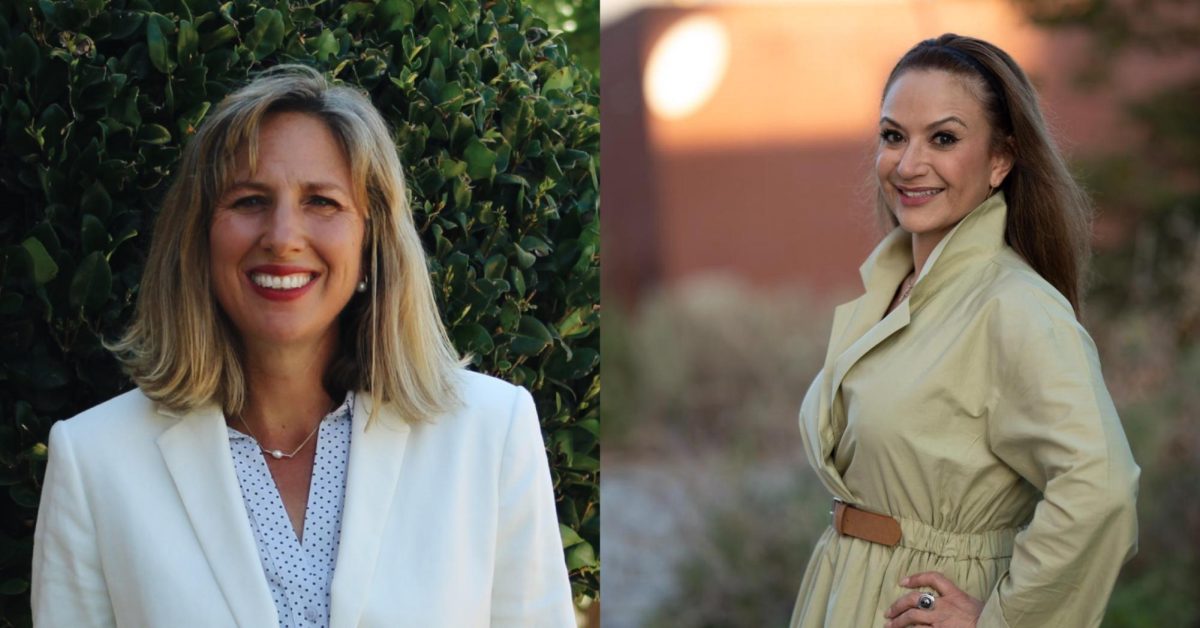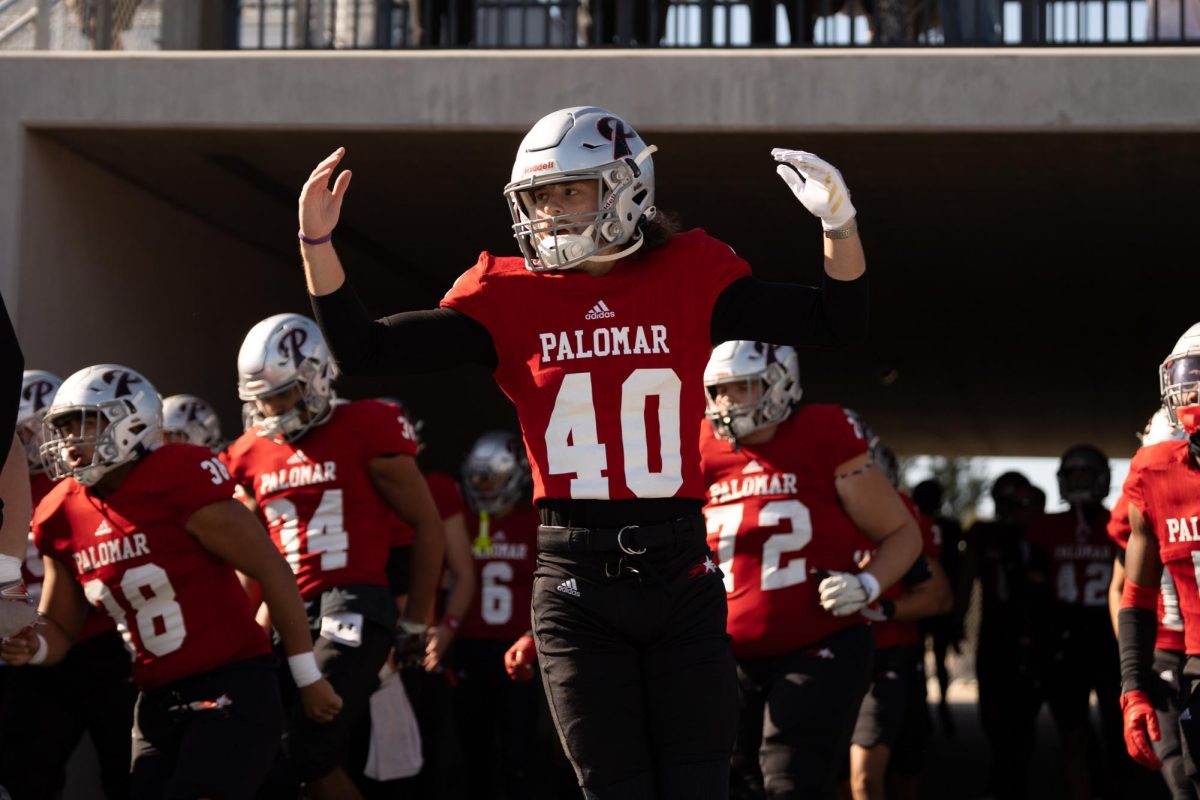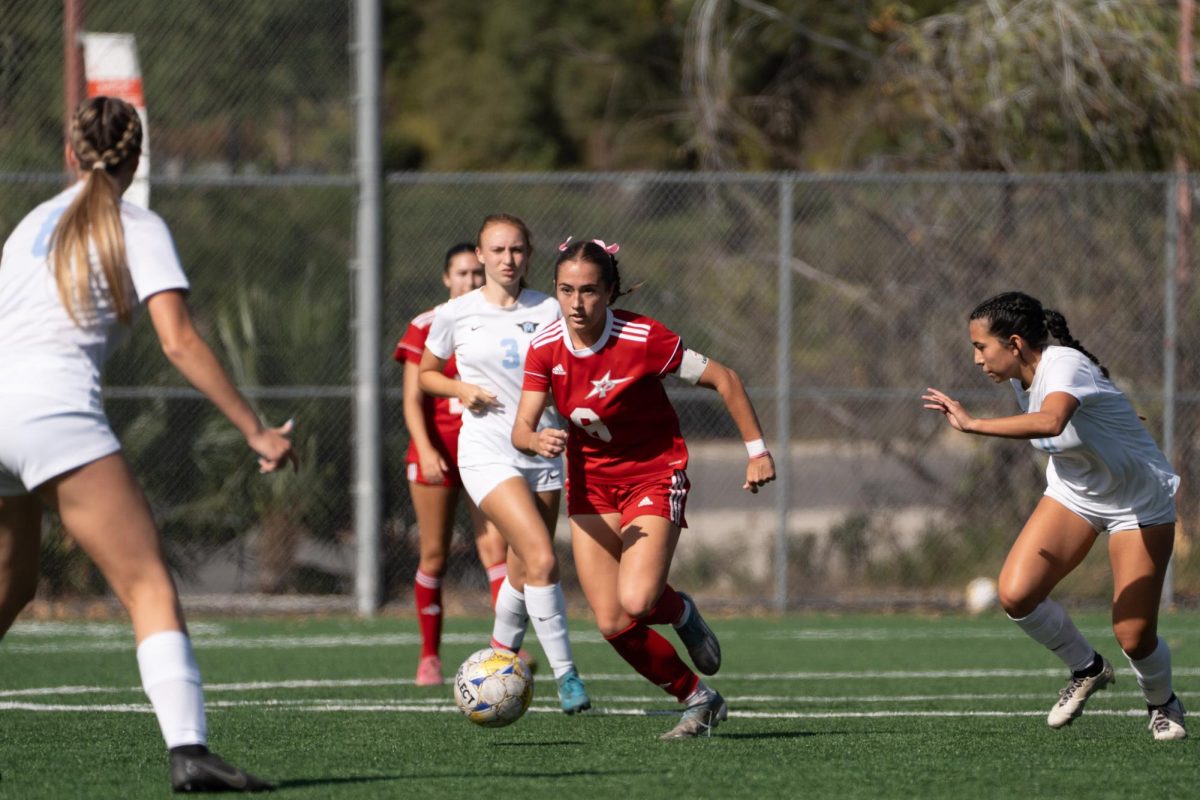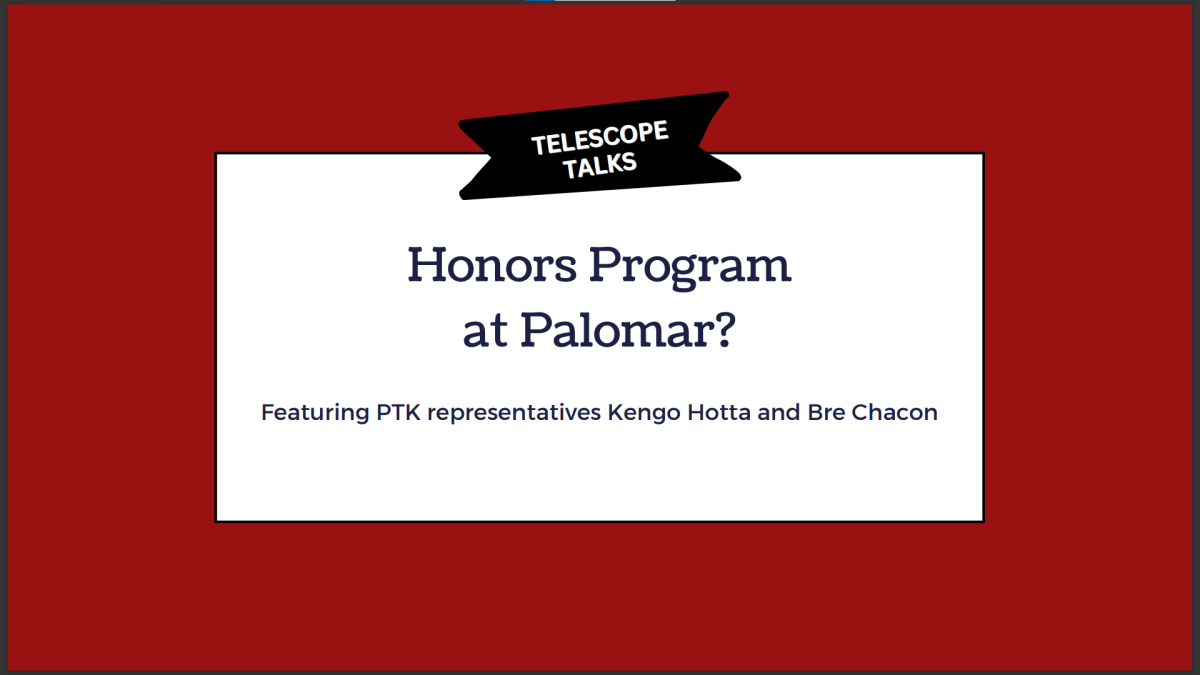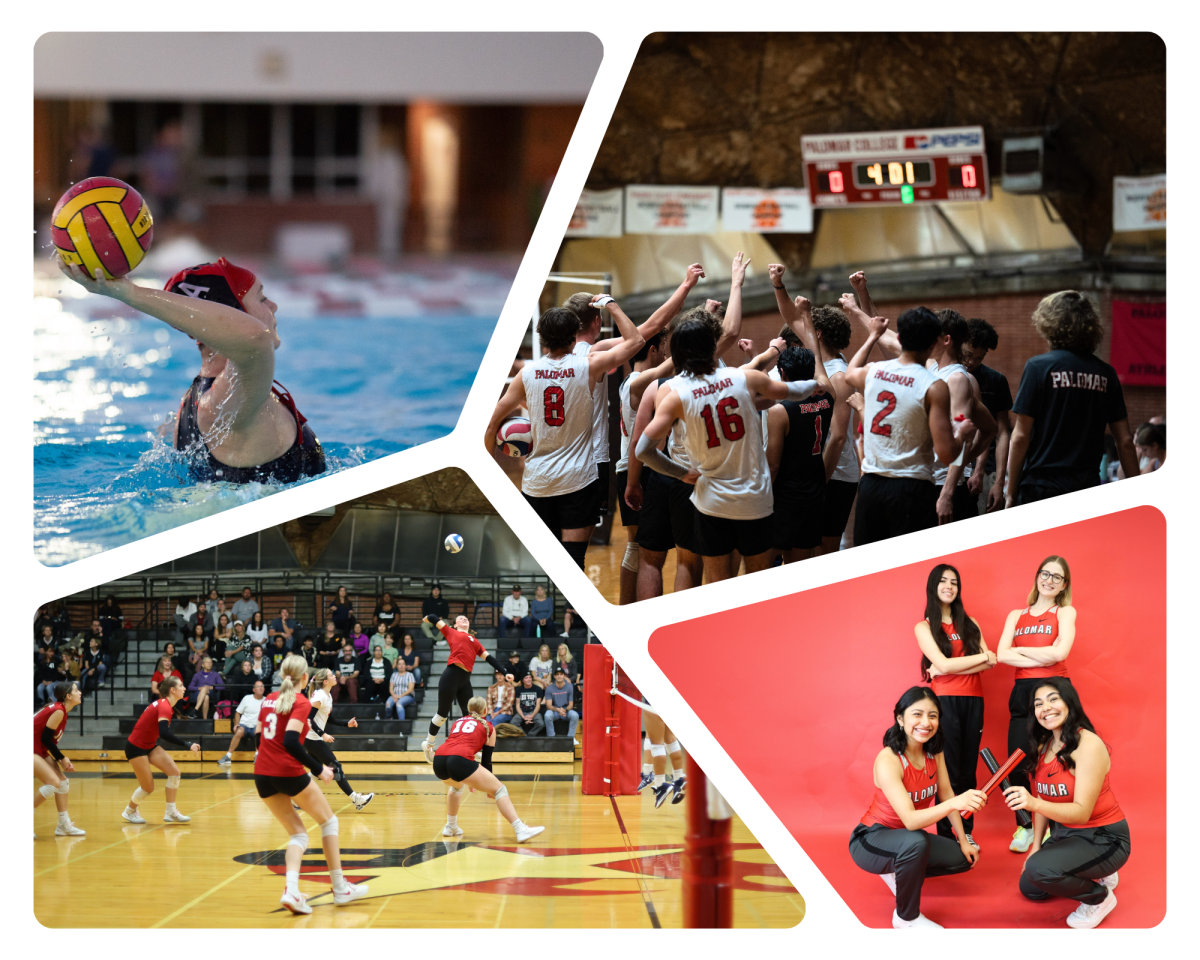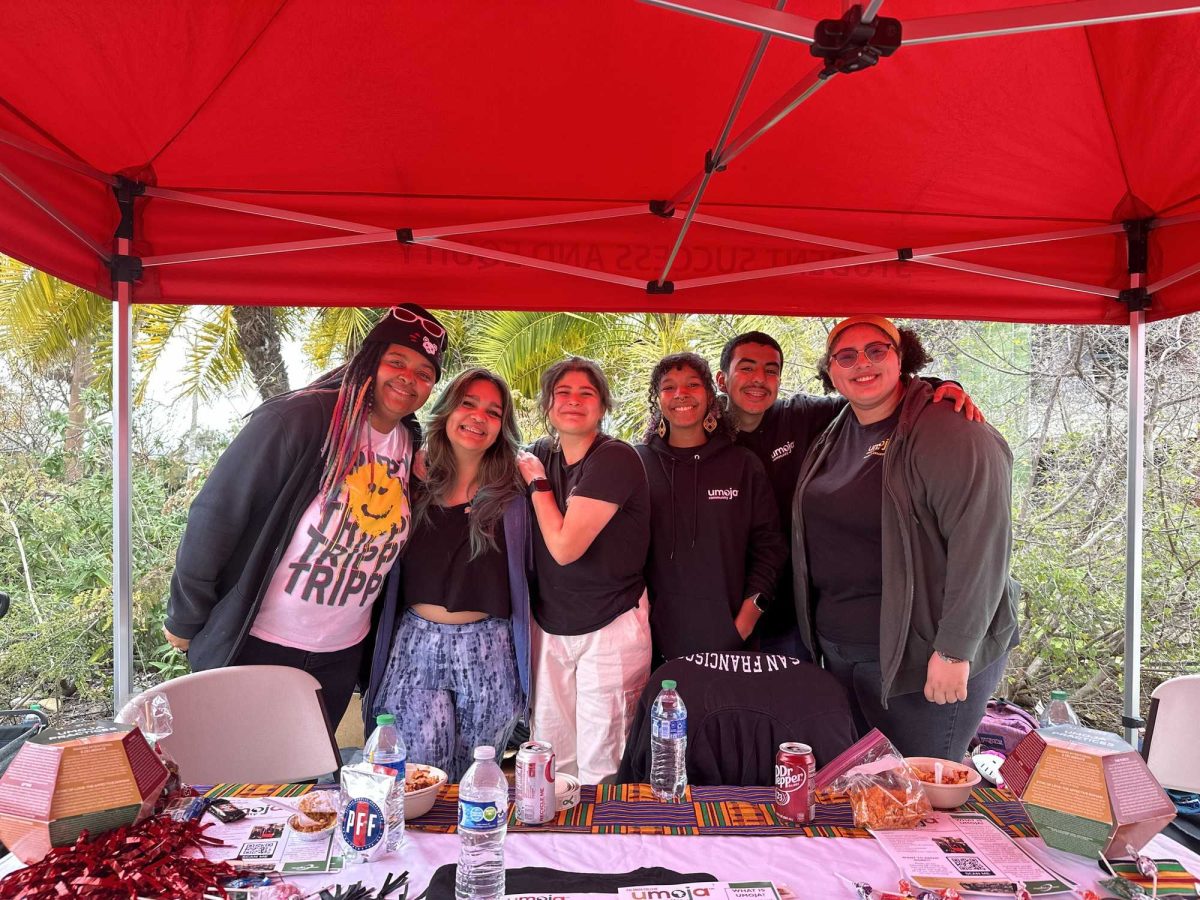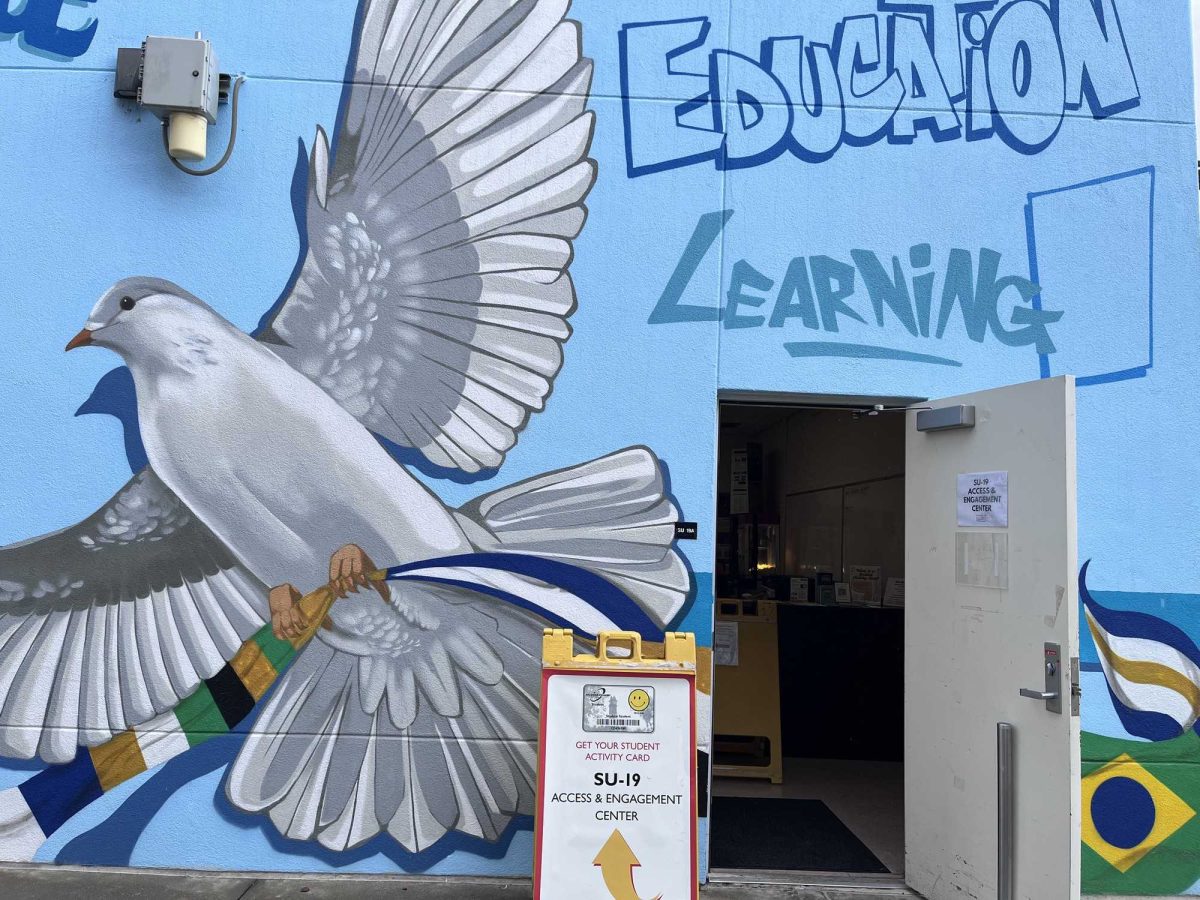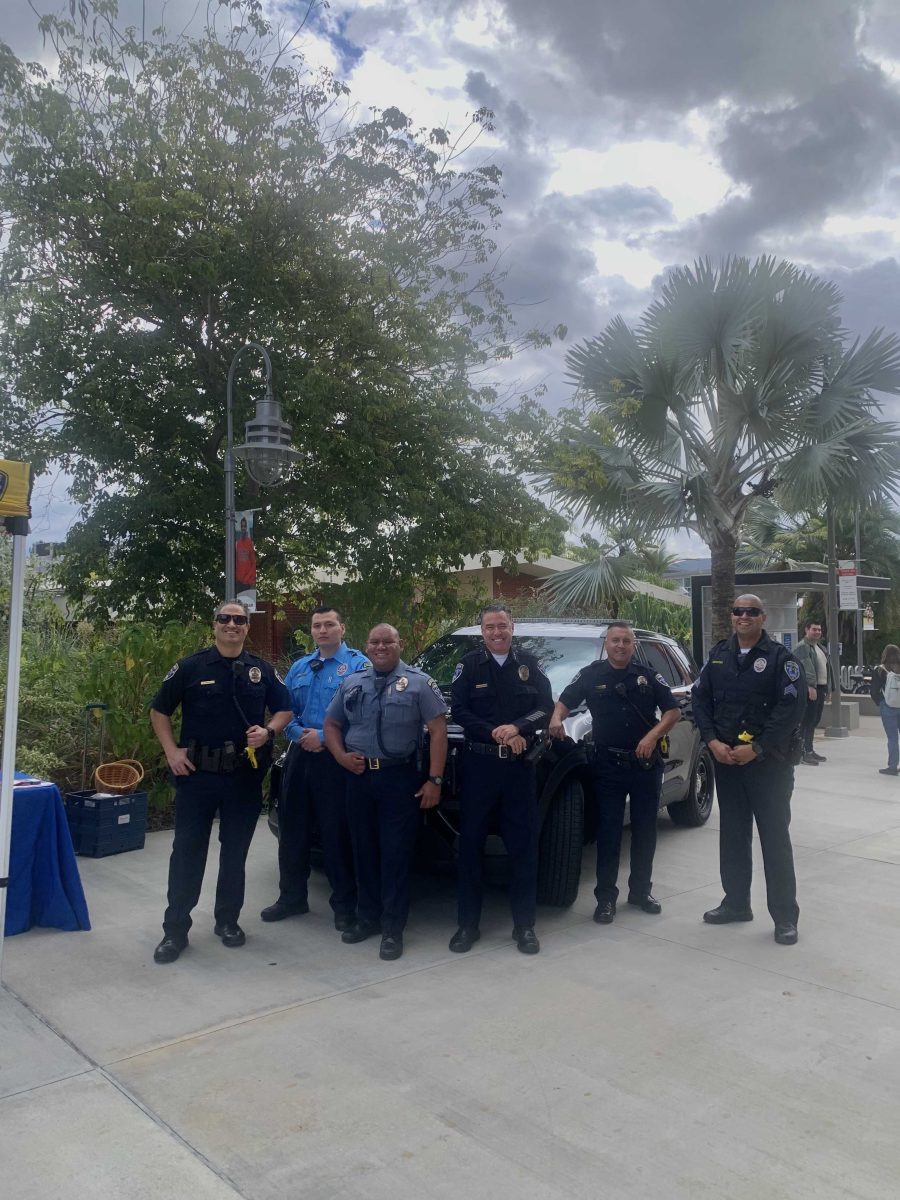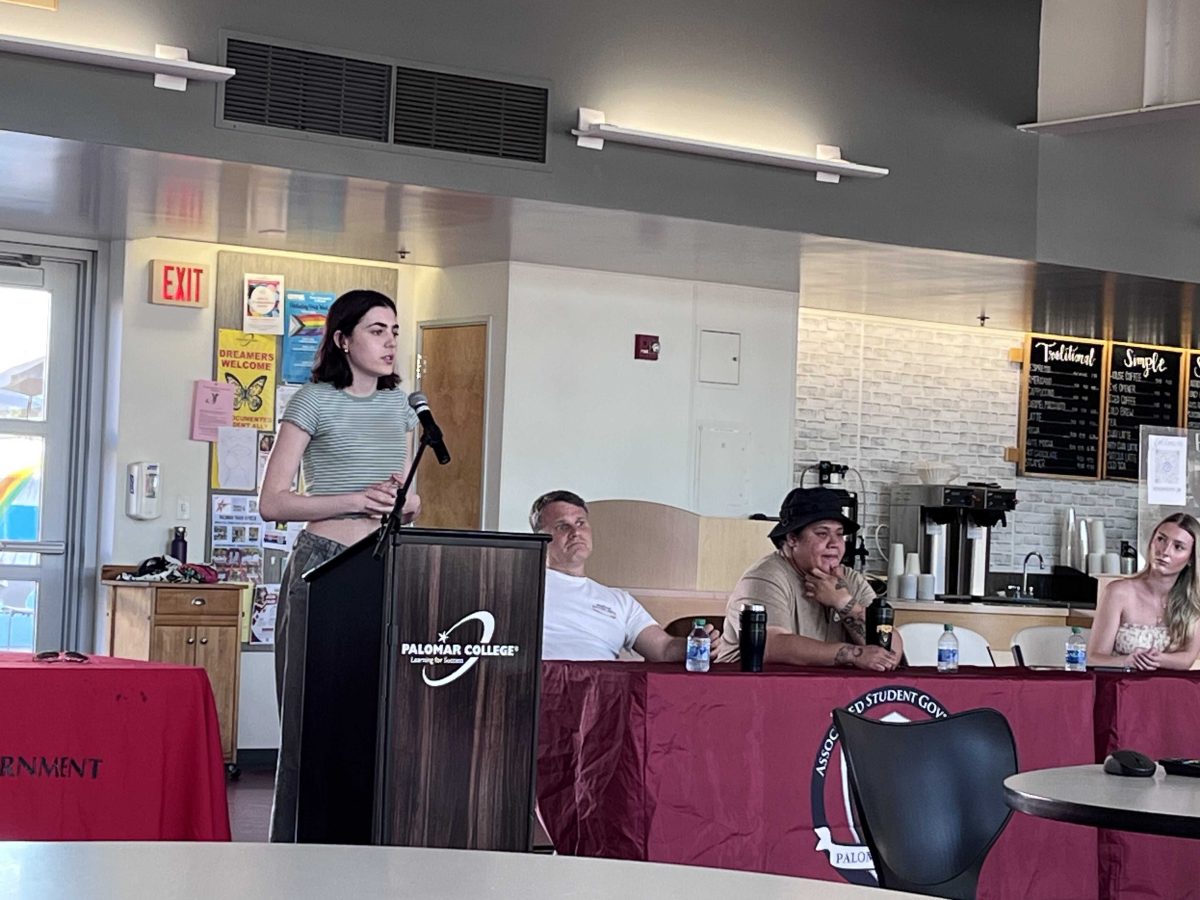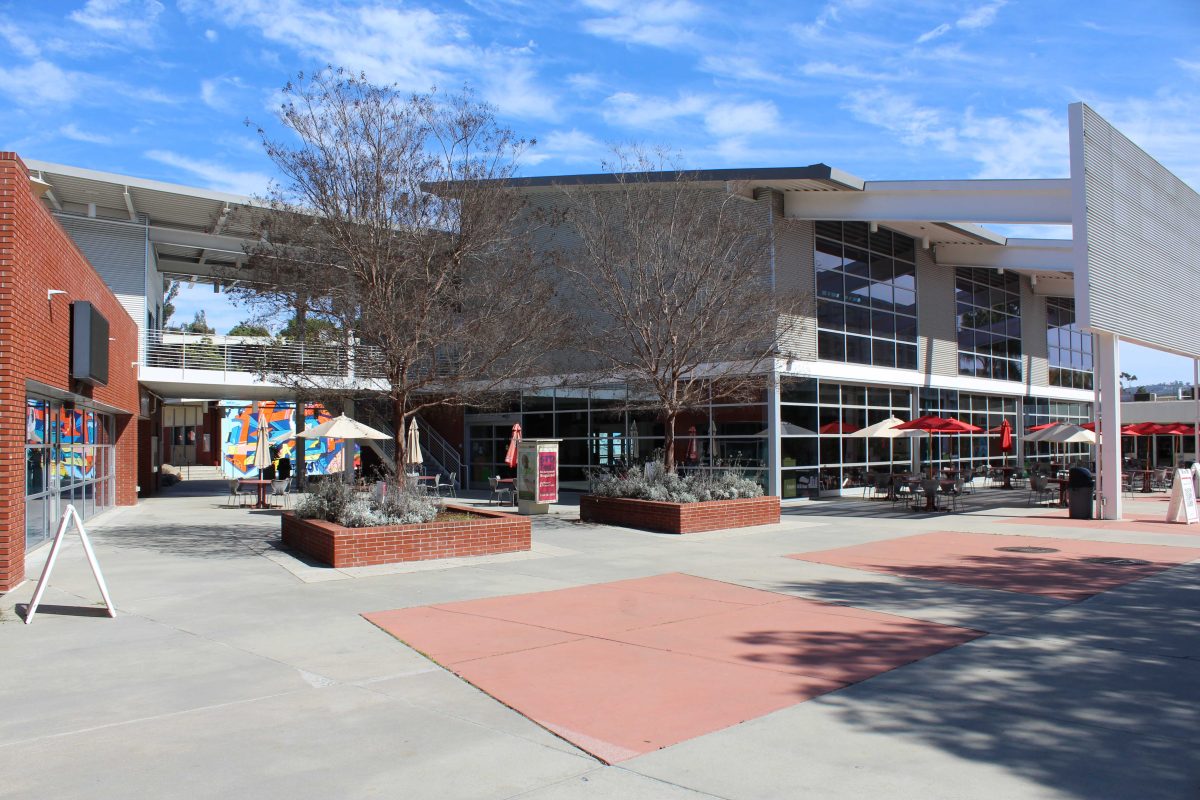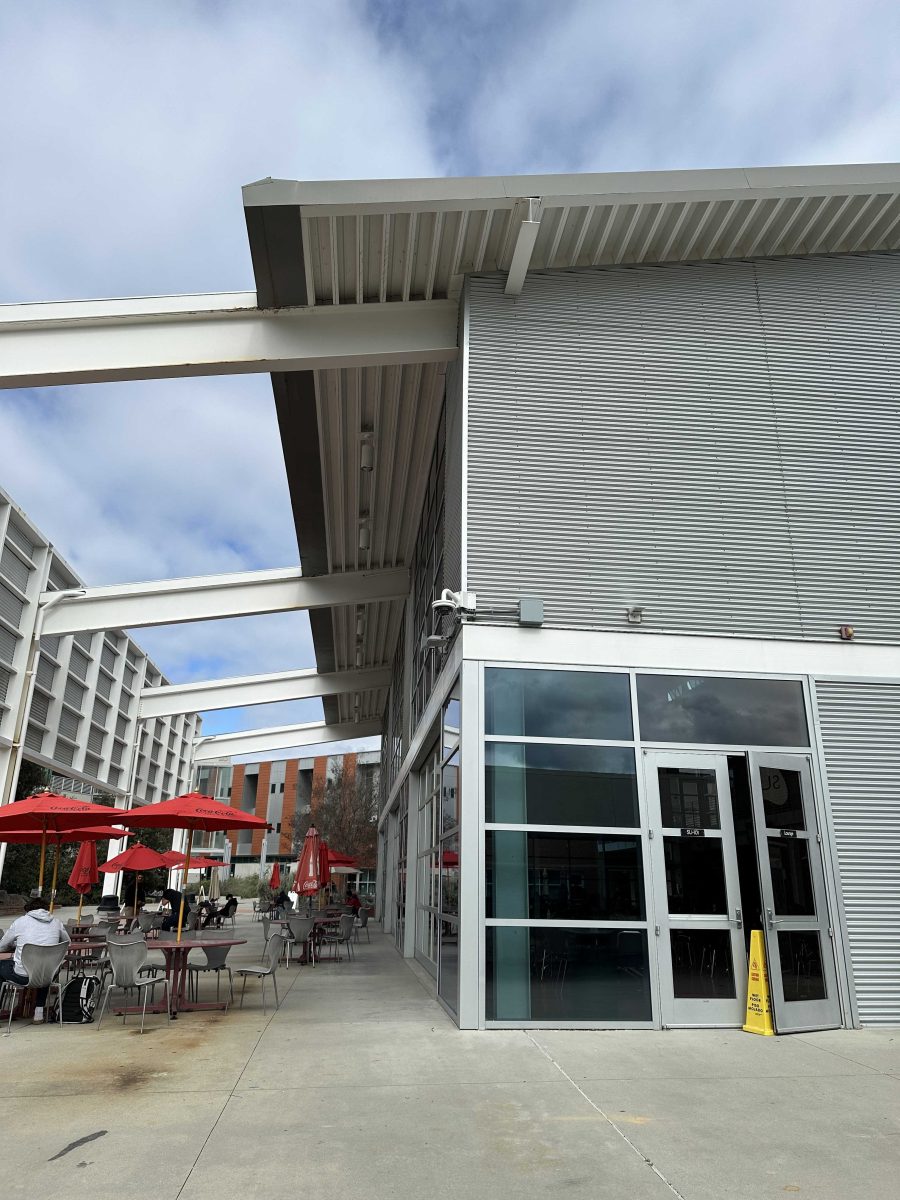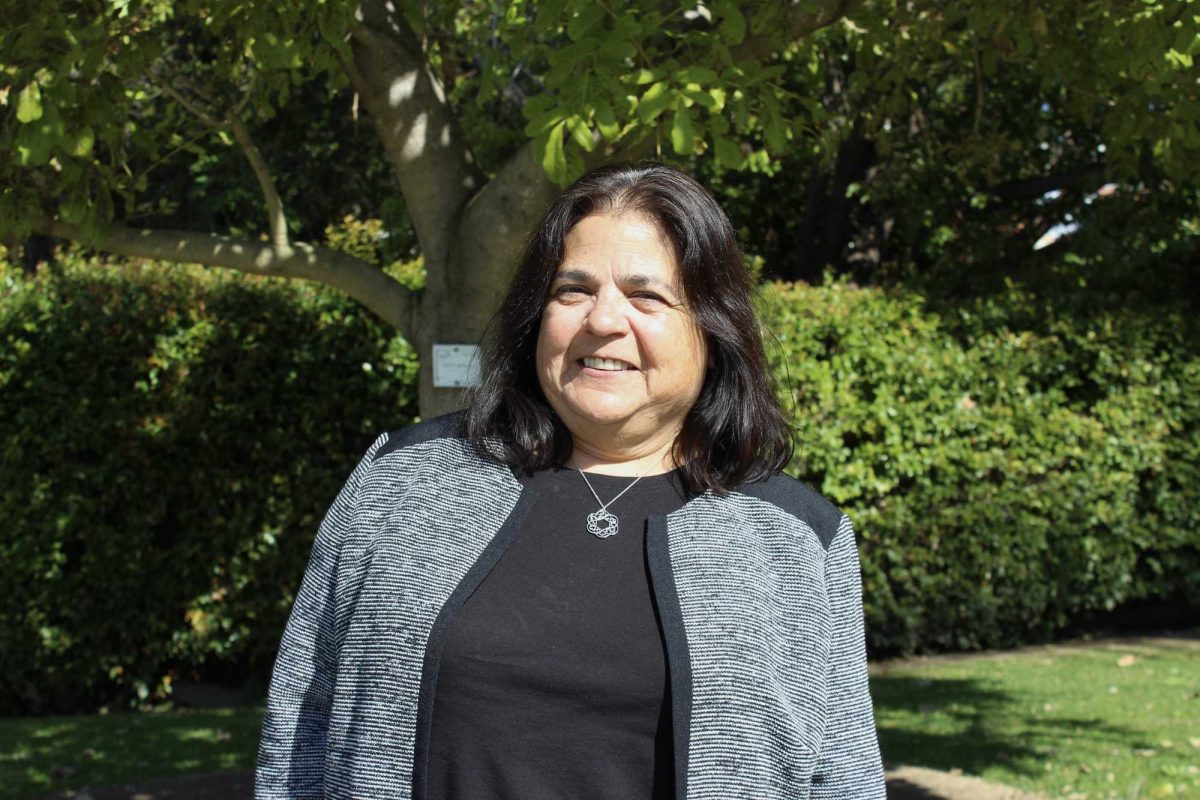If at first you fail, try, try again.
After pulling the plug on a search last fall, the Governing Board is now re-evaluating how they organize the college’s presidential search to help make up for a lack of diversity and reach on the last round, members said.
Late last Fall, Palomar’s Governing Board decided to abandon its first search for a new college president to replace the retired Robert Deegan. The decision meant rejecting two publicly-vetted top candidates and trashing the year-long work of a 25-member hiring committee. The board voted in closed session to start a new search this Spring, causing faculty members to show up in force to public meetings to protest.

Governing Board Member Nancy Chadwick said one of the main shortcomings of the previous search was that the pool of candidates was too shallow. Although the search consultants were supposed to be looking nationally, the Governing Board felt that the two finalist didn’t reflect this.
“What we want to do is emphatically state that we want a national search. We have 1,200 community colleges throughout the country. And of course there a lot of people who are in higher education, not at the community college level, who would be interested in this position,” Chadwick said.
A faculty member agreed. Teresa Laughlin, a professor in economics and member of Palomar’s Faculty Senate said there is a need for a deeper candidate pool that not only spans outside of California, but reflects diversity in professional and educational backgrounds as well.
“The main weakness was not the committee itself, the main weakness was that the pool was not very deep,” Laughlin said. “I’d like to see a more diverse pool to begin with, diversity in the largest sense. Diversity of socioeconomic background, but also diversity in terms of experience.”
In the spirit that bigger isn’t always better, the Governing Board is looking to shrink the size of the search committee, but with this comes cutting back on the number of faculty on the committee, a potentially controversial move.
According to Chadwick, one thing that both the Governing Board and the last consultants took issue with the size of the previous search committee.
However, Laughlin said she isn’t exactly thrilled about shrinking down the committee size. She raised concerns of a less deliberative committee in the second search, due to a smaller presence of faculty. This could lead to not enough representation by college departments.
“My personal point of view is that I understand the desire to make this a smaller committee, presumably it would be more efficient, but I disagree with that.” Laughlin said. “If faculty or other people on campus feel they’re cut out of the decision-making process they’re going to be less likely to be all in with the new president.”
On the original committee, Laughlin said she felt that there was a sense of camaraderie and consensus among the faculty on the committee, hence they were able to bring forward “two excellent candidates.”
Another area where the faculty and Governing Board may bump heads is on the issue of interest outside of Palomar.
Chadwick listed four areas she felt had a lack of representation in the previous search committee: the Governing Board, K-12, 4-year universities and leaders from business and industry.
“One of the big pushes is, in the state of California and certainly with the governor, is workforce development. Without our business industry people, we can’t do that,” Chadwick said.
Laughlin said she is concerned that someone sitting on the board from outside industry isn’t as familiar with Palomar as a faculty member.
“Somebody that makes cabinets, they know cabinets, they don’t necessarily know about education. Somebody who is looking for the CEO of a cabinet-making business, chances are they wouldn’t ask me to be on their search committee, I don’t know about cabinets,” Laughlin said.
Student representation on the search committee is also being discussed.
Student Malik Spence, president of the Associated Student Government, said he hopes that they will be able to get two students on the search committee, so that one could be a backup if the other drops out of the committee.
“The main issue in the past we had was that if somebody were to suddenly not be eligible or leave Palomar during that time (of the search committee), which happened with the last hiring committee, there is no student representation,” Spence said.


